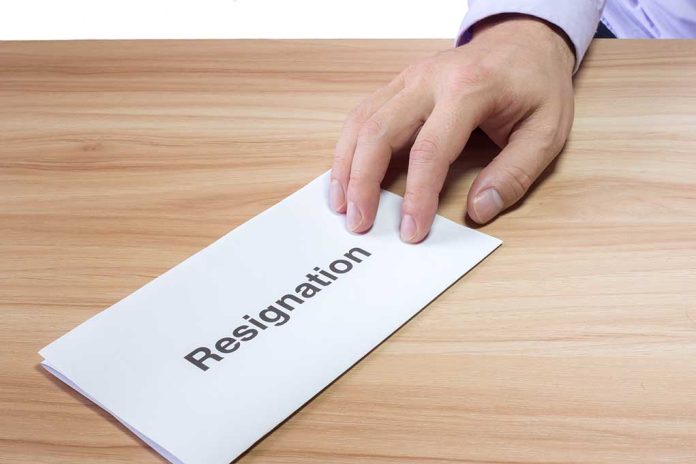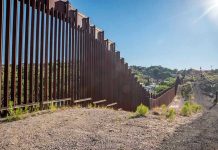
Canadian Prime Minister Justin Trudeau’s decision to step down leaves the nation wondering about the next chapter.
At a Glance
- Trudeau announced his plan to step down but will stay until a new leader is selected.
- The decision followed pressure amid fears of electoral defeat.
- Trudeau faced internal party strife, exacerbated by Chrystia Freeland’s resignation.
- A new Liberal Party leader will be chosen, possibly delaying Parliament’s return.
Trudeau Announces Resignation Plans
Canadian Prime Minister Justin Trudeau announced his intention to resign, citing the need for a new leader to guide his party forward. Despite unveiling his plan to step down, he will remain in his position until a new leader is selected. This move is seen as a direct response to rising pressures and anticipations of potential electoral defeat for the Liberal Party in the upcoming elections. Internal divisions and recent resignations within his cabinet have come ahead of this significant political shift.
Trudeau’s deputy prime minister, Chrystia Freeland, resigned amid internal disagreements over handling tariffs imposed by former U.S. President Donald Trump, introducing new challenges for Trudeau. This exerted further pressure on Trudeau’s administration, leading to diminished confidence in his leadership ability. Freeland’s departure not only weakened the internal coherence of the Liberal Party but also highlighted existing fractures that had slowly developed over time.
Canada's Trudeau announces resignation after nearly a decade as prime minister https://t.co/4kEecm1lUP via @WSAV
— WSAV News 3 (@WSAV) January 6, 2025
Declining Support and Political Pressure
Trudeau’s decision followed a growing wave of dissatisfaction within his party and across Canada. More than 50 Liberal MPs from Ontario supported calls for his resignation. The call for a leadership change was not limited to his own party, with opposition and some Liberal Party members voicing similar sentiments. Additionally, Trudeau confronted low approval ratings largely influenced by Canada’s persistent cost of living crisis.
“The Liberal Party of Canada is an important institution in the history of our great country and democracy. A new prime minister and leader of the Liberal Party will carry its values and ideals into that next election. I am excited to see that process unfold in the months ahead,” Trudeau said.
Faced with political uncertainty and a non-confidence motion expected in Parliament, Trudeau chose to step down. Yet, his decision speaks volumes about the toll that internal political battles have taken on his leadership. This change marks a critical turning point for the country which must now prepare for shifts in leadership and policy direction.
Looking Ahead: The Path to a New Leadership
With Trudeau’s departure coming, the Liberal Party is now focused on selecting a new leader. During this transition, the party’s national board will set the parameters for the leadership vote. This anticipated change marks an important time for the Liberal Party, which seeks a leader who can rejuvenate its status in the eyes of Canadians and help recover its waning support.
Parliamentary sessions may be paused until March, affording the party time to elect a new leader and possibly reset its strategy. As Canada’s political landscape undergoes this significant transformation, the upcoming months will be crucial in determining how the Liberal Party adapts and positions itself for future elections.
Sources
- Canadian Prime Minister Justin Trudeau announces resignation after facing major political pressure
- Why Justin Trudeau resigned after nine years as Canadian Prime Minister
- Canada’s Trudeau announces resignation after nearly a decade as prime minister
- What happens now that Justin Trudeau has resigned?













